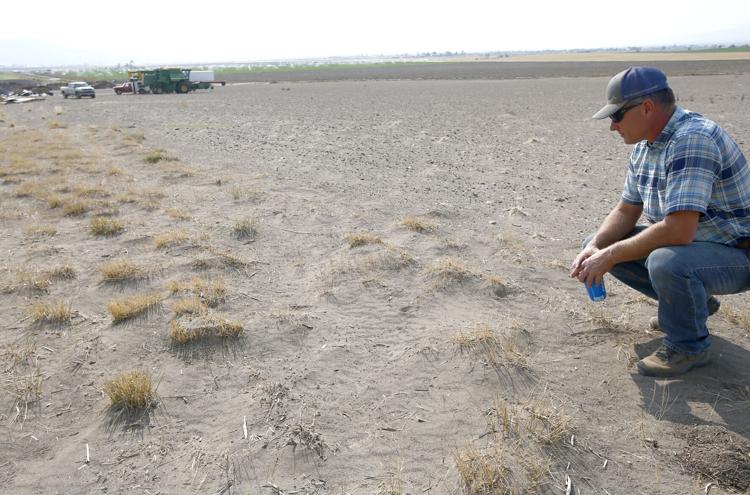This article was published on: 02/15/22 2:55 PM
By Michael Kohn
Dwindling snowpack in the Cascades is starting to raise alarms that Bend and other Central Oregon cities are headed for a fourth straight year of drought.
After a burst of snowfall slammed Central Oregon in late December and early January, snowpack levels surged to 130% of average. Dry and warm temperatures since those storms have erased much of those gains.
As of Friday, snowpack in the Upper Deschutes and Crooked River basin was 92% of normal and precipitation for the water year was 89% of normal, according to the Natural Resources Conservation Service.
“This lull in precipitation is disappointing and worrisome,” said Kyle Gorman, region manager for the Oregon Water Resources Department.
“Time is running out to make a recovery unless we get a really cold and wet spring.”
In addition to the low snowpack, Wickiup Reservoir, which supplies irrigation water to the North Unit Irrigation District in Jefferson County, is on pace to fill to its lowest level in history. The reservoir is just 44% full with less than seven weeks left before the start of the irrigation season. Typically by this time of year the reservoir is 84% full.
“I know the drought might seem like beating a dead horse, but I am very concerned about the drought conditions in Central Oregon,” said Larry O’Neill, an associate professor at the College of Earth, Ocean, and Atmospheric Sciences at Oregon State University. “It might be worth starting to raise the alarm.”
According to O’Neill, most if not all of the drought indicators suggest the last two years have cumulatively been the worst drought for Central Oregon in recorded history, going back to 1895.
The U.S. Drought Monitor shows all of Crook County in the most extreme level of drought and roughly half of Deschutes and Jefferson counties at the same extreme level.
If the warm temperatures continue, the agricultural community could see strains similar to last year, a time when Jefferson County farmers were reduced to their lowest water allocations in history.
Irrigation districts in Central Oregon are preparing for water shortages by converting their canals to pipes. The next big piping project to be completed is Central Oregon Irrigation District’s 7.9-mile piping project from Redmond to Smith Rock, scheduled to wrap up in April.
The district is next planning to pipe the remaining 22 miles of canal between Bend and Redmond. But the completion of the piping is years away and won’t be enough to fix the immediate water shortages if the drought continues.
“Even with a healthy snowpack, the reservoirs were not going to recover,” said O’Neill. “But now that the snow has stopped falling, there is an increasing chance that water supply issues will be worse this summer than last.”




